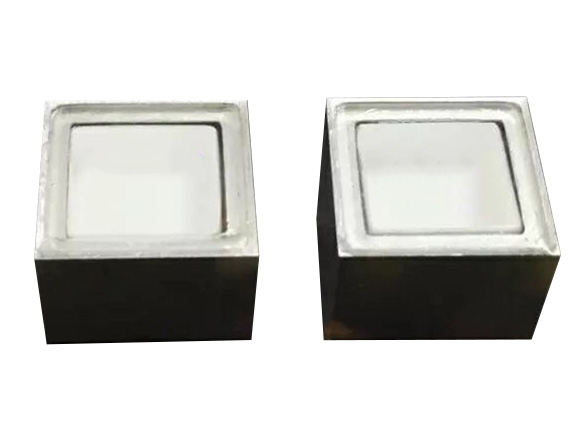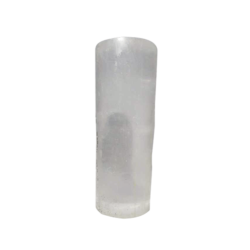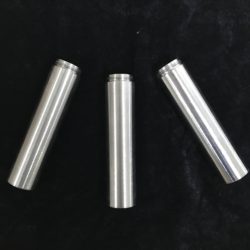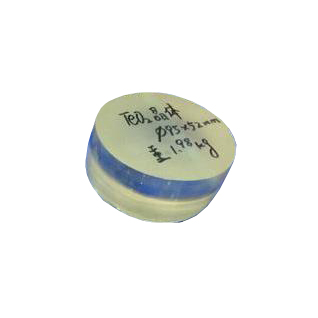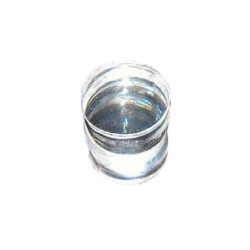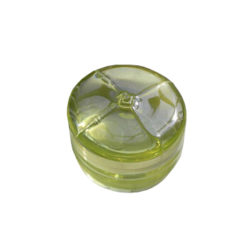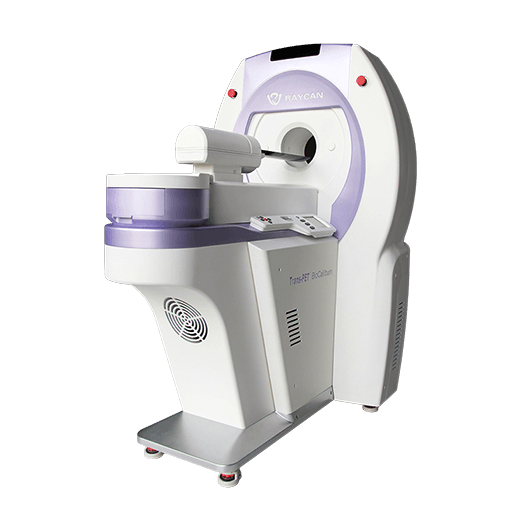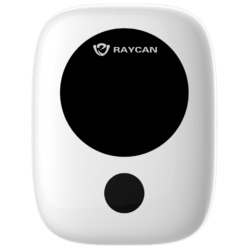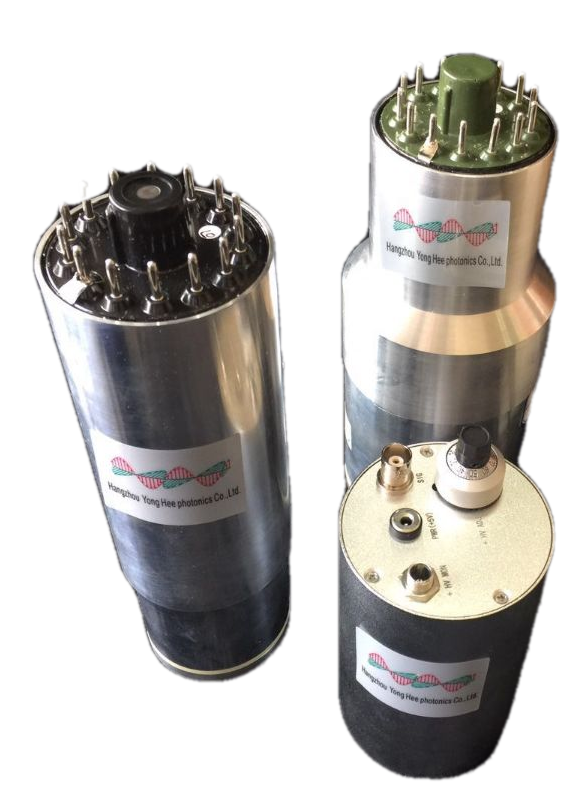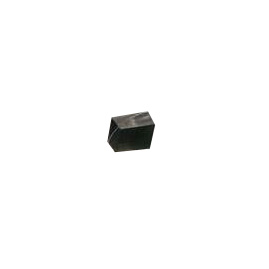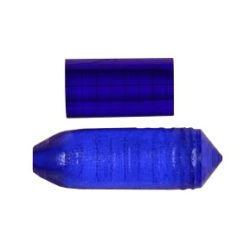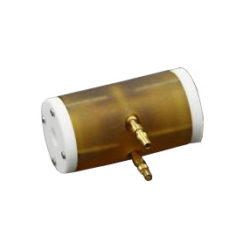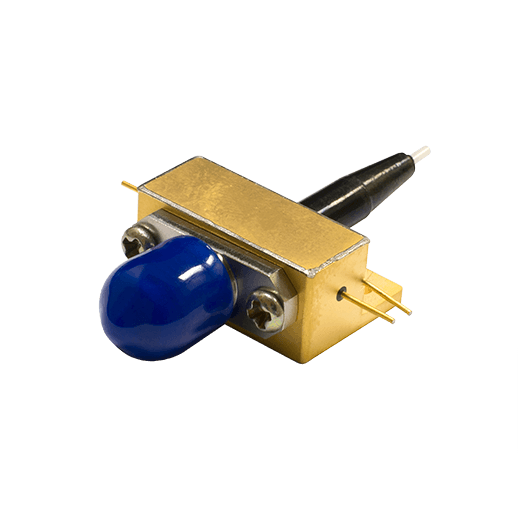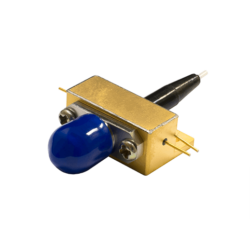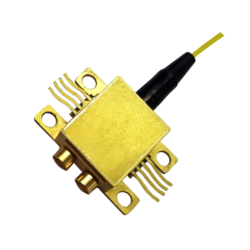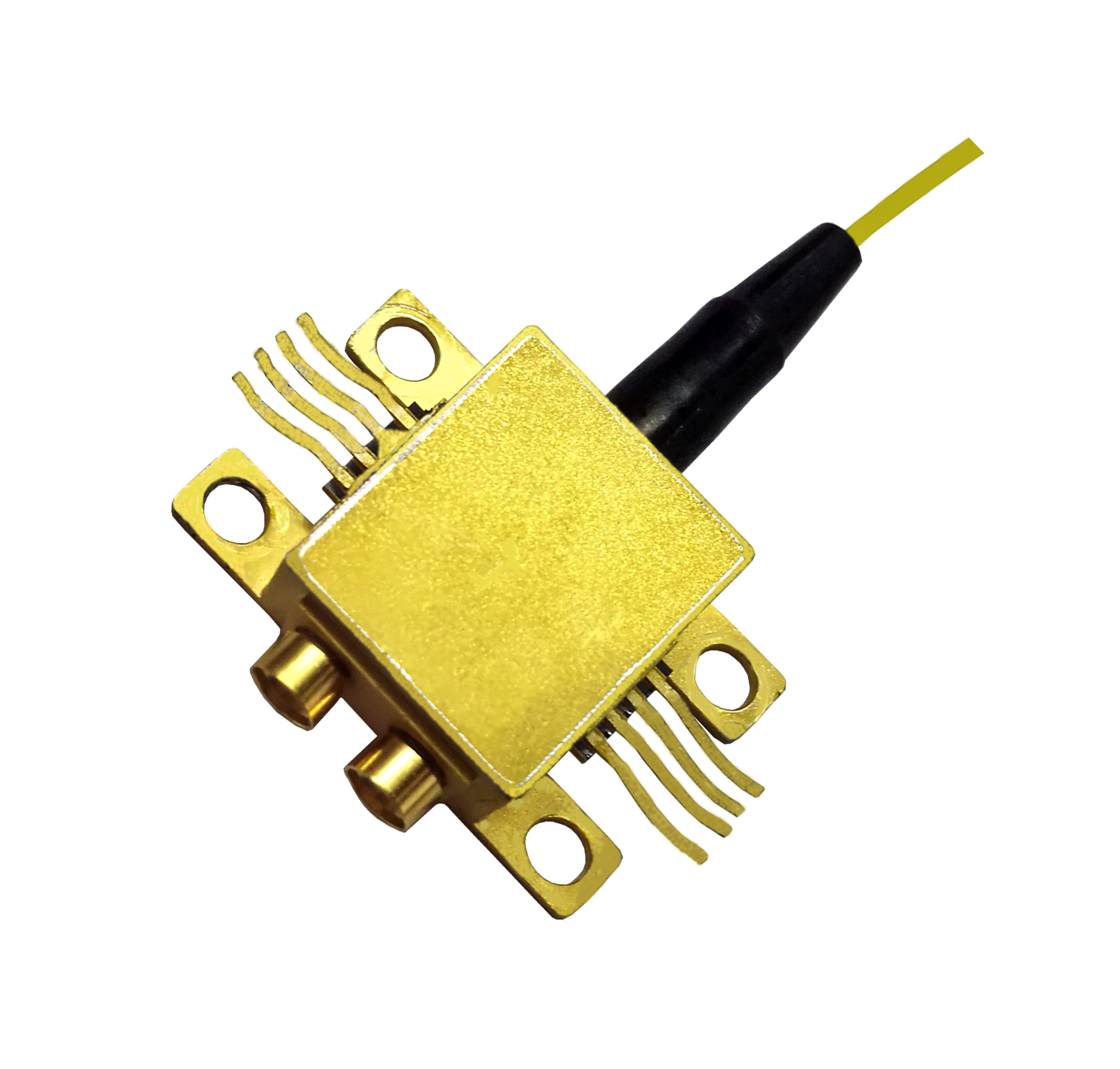Description
TeO2 | Piezo-Electrical Crystal is an excellent acousto-optic (AO) crystal with high AO figure of merit, birefringence, good optical rotation, and slow propagation velocity along the [110] direction. The resolution of AO devices made of TeO2 crystals is several levels greater than others. It consists of yellow and white fine crystalline powder and when heated, it melts to a dark yellow. It is not water soluble, and the melting and boiling point is 733°C and 1260°C, respectively.
MAIN APPLICATIONS
- Preparation for AO rotators, modulators, resonators, tuning filters and other AO devices
- Astronomy field
- Remote sensing field
- Laser publishing field
- Laser recorder field
- Etc.

